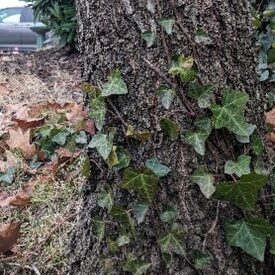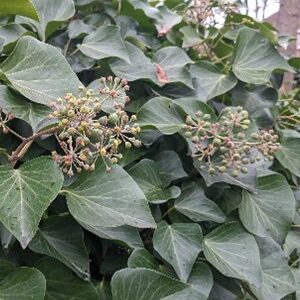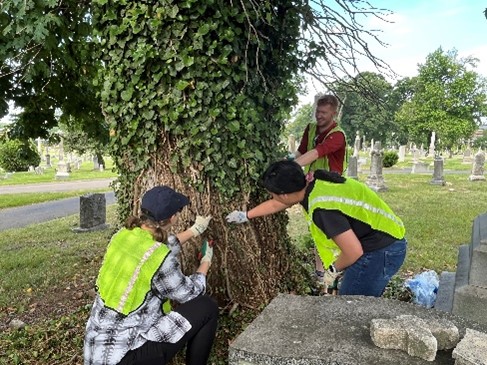THE LEAFLET
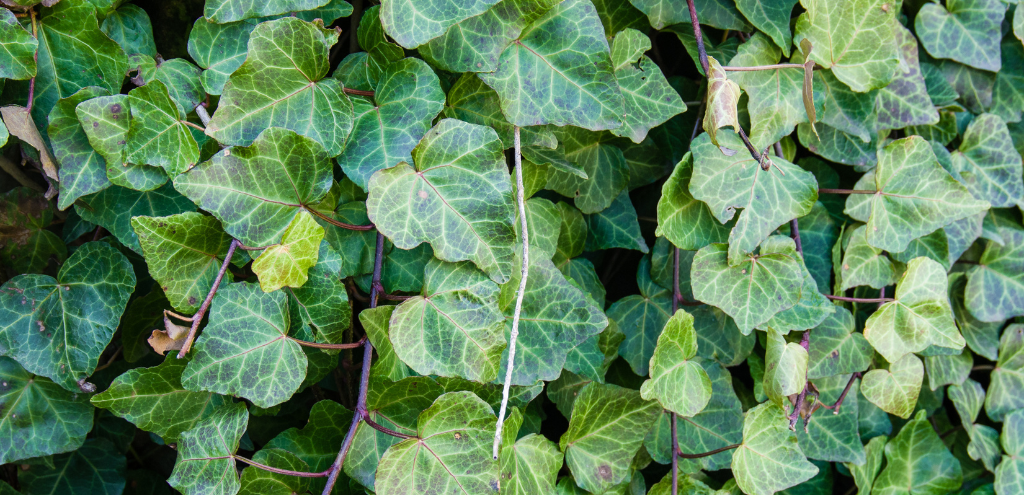
Most UN-Wanted: English Ivy
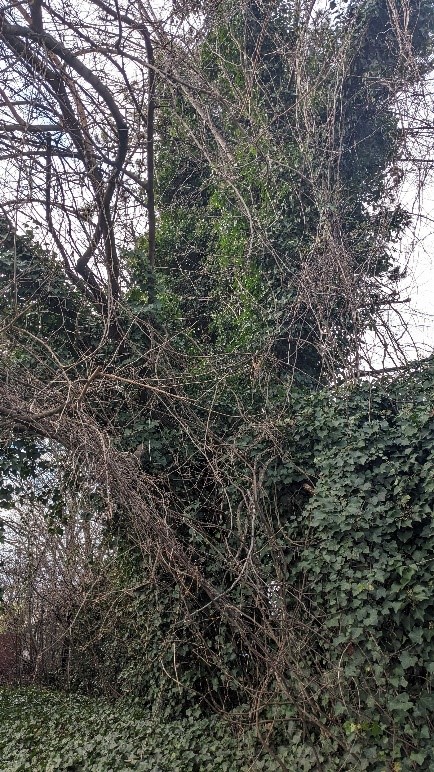 For the next five weeks, Casey Trees will be focusing on the top 5 most problematic invasive plant species within the DMV. These top five most (un)wanted is based on what our Casey Trees staff encounter in the field throughout the DMV. Invasive species are one of our urban forest’s largest threats. These non-native plants cause stress and environmental harm as they lack natural predators and competition.
For the next five weeks, Casey Trees will be focusing on the top 5 most problematic invasive plant species within the DMV. These top five most (un)wanted is based on what our Casey Trees staff encounter in the field throughout the DMV. Invasive species are one of our urban forest’s largest threats. These non-native plants cause stress and environmental harm as they lack natural predators and competition.
The first invasive species Casey Trees will be focusing on is English Ivy. English Ivy is notorious for causing great damage to trees including:
- Damaging tree bark by creating a moist environment leading to rot.
- Weighed down branches leading to damage from large storms.
- Preventing sunlight from reaching tree leaves, halting photosynthesis, and depriving trees of vital resources.
- Lastly, English Ivy, can transfer Bacterial Leaf Scorch that harms many native trees to the DMV including oaks, maples, and elms.
English Ivy originates from Europe, Northern Africa, and Western Asia and was introduced to the United States via English colonists in the 18th century to be used as an ornamental plant. Still sold throughout the US today, English Ivy continues to damage trees throughout the DMV.
How to spot English Ivy:
English Ivy can be spotted by its dark green, alternating leaves with 3-5 lobes. English Ivy is waxy in texture and sprout greenish-white flowers in late summer through early fall. Following the flowers, blue/black berries emerge in older plants. These berries are one of the major causes of English Ivy’s invasive nature.
How to remove English Ivy:
English Ivy can be removed year-round; however, it is best to remove this invasive species in the winter when other vines such as poison ivy are dormant. If you are removing English Ivy, make sure to wear long sleeves and pants along with protective gloves to ensure protection from other plants.
To remove English Ivy, it is recommended to cut a 4-6-inch-tall window around the circumference of the tree. This window can be at any height comfortable for you. Do not forcibly pull off vines as it will remove bark from the tree, causing long-term damage.
By cutting a window around the circumference of the tree, it separates the bulk of the ivy from its roots causing it to die and dry out, saving the tree. Though the ivy will continue to grow from the base of the tree it will substantially limit its growth and harm the tree.
Casey Trees continues to work with partners to remove invasive species from sites throughout the DMV. Join us in continuing the fight against invasive species by following these steps to remove English Ivy in your own yard. Additionally, join us for our upcoming invasive removals that take place during our winter and summer tree care seasons.

